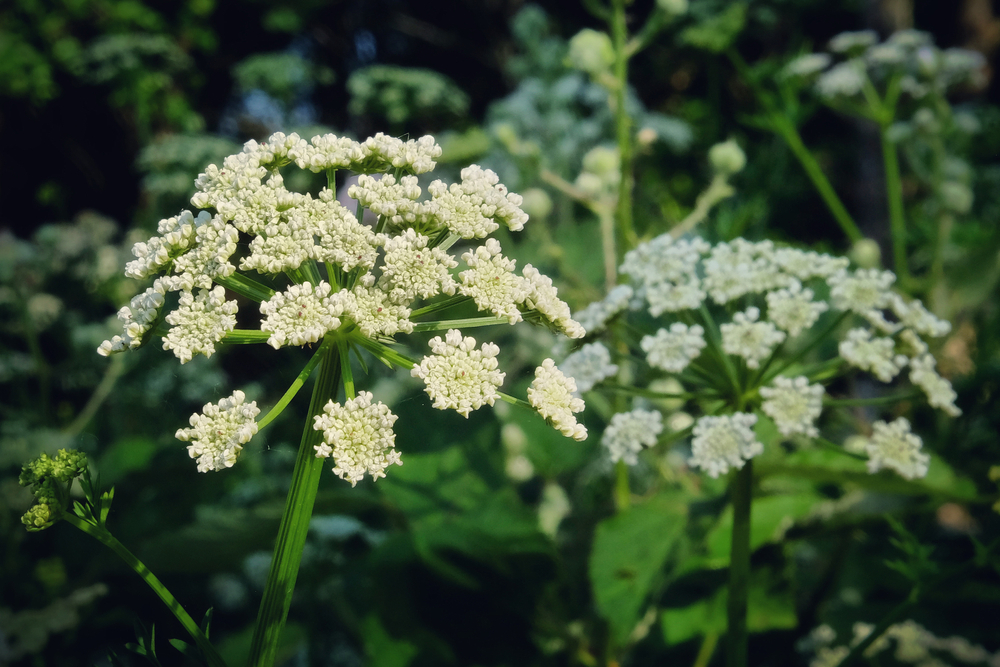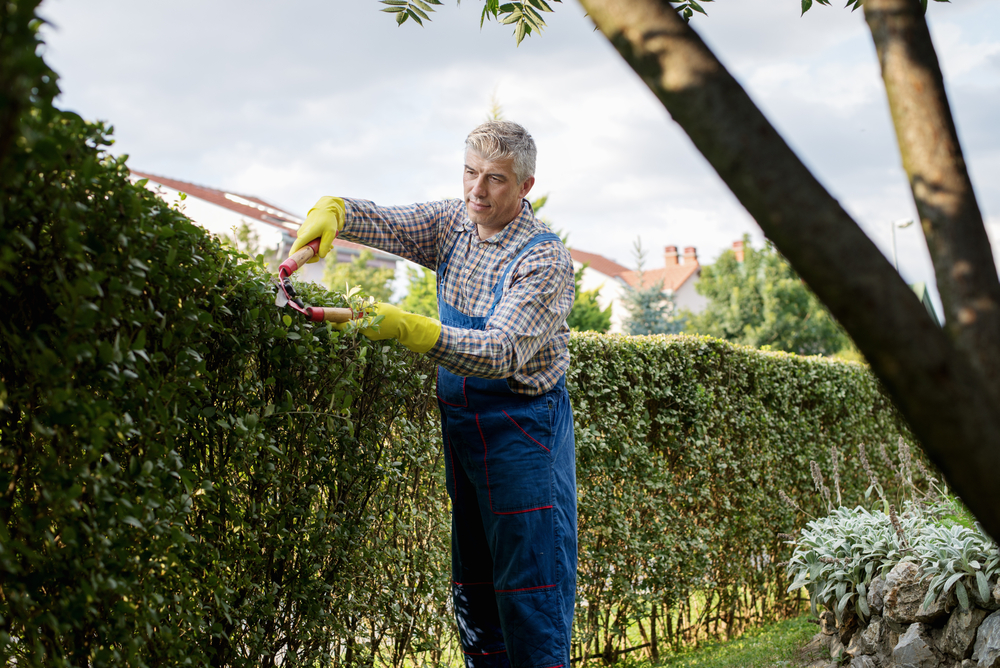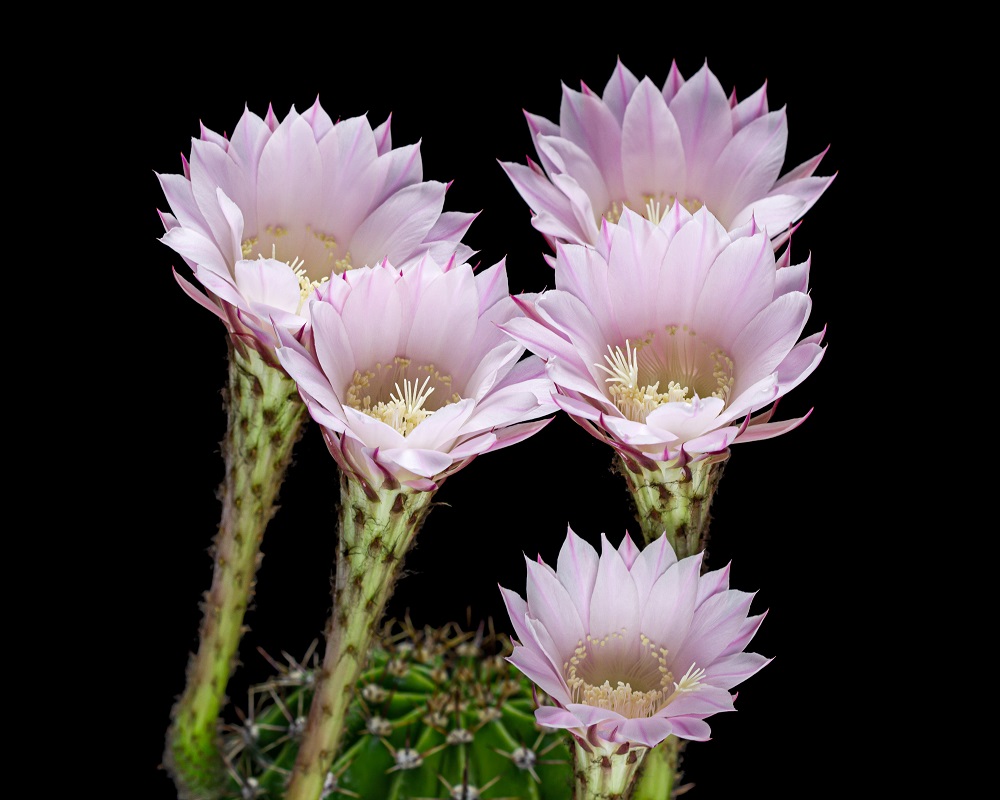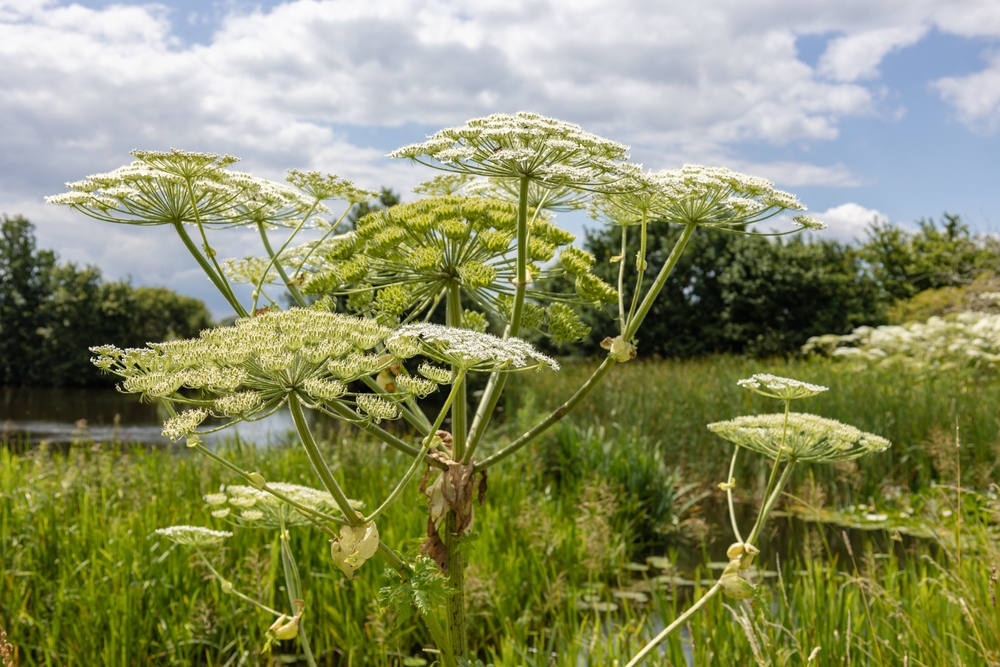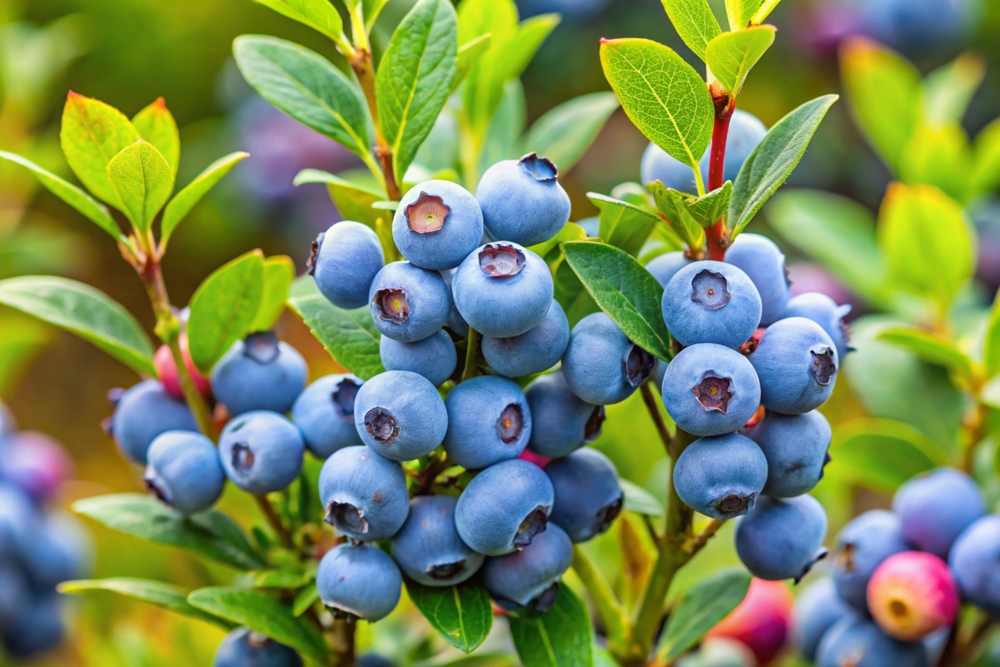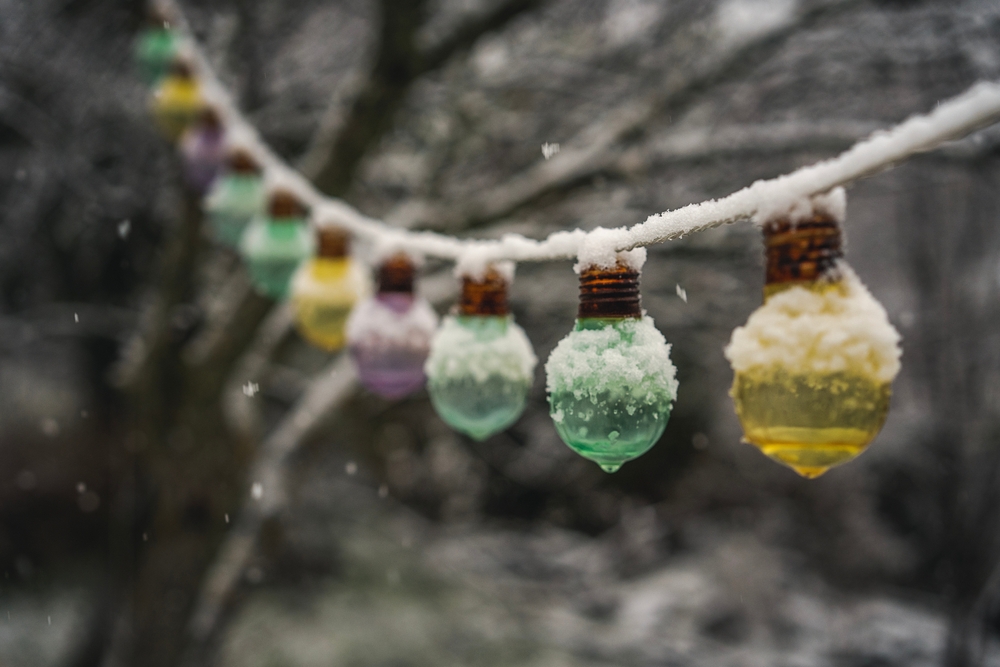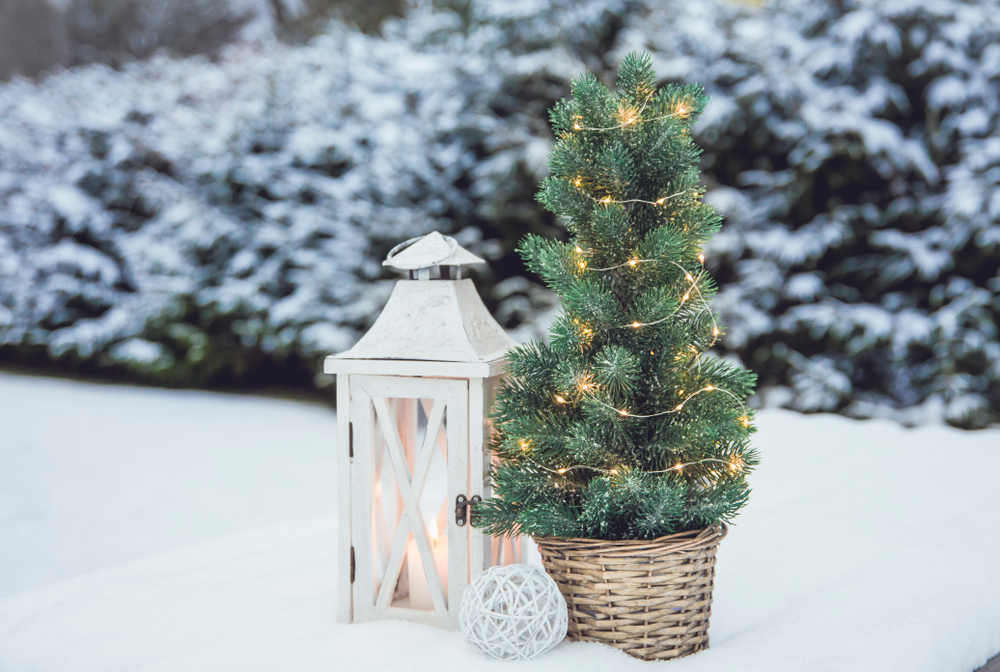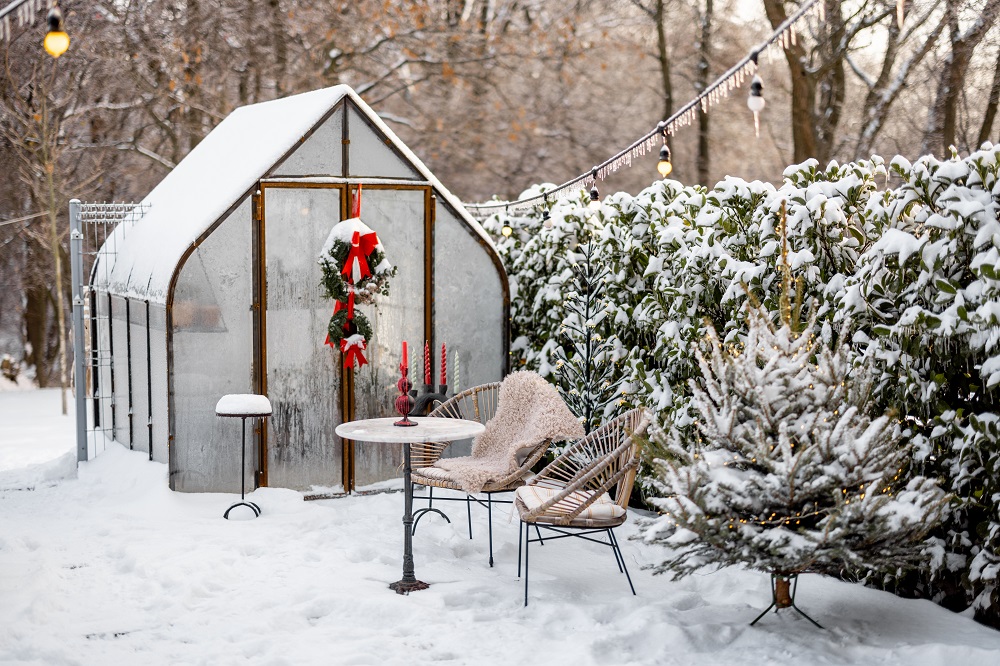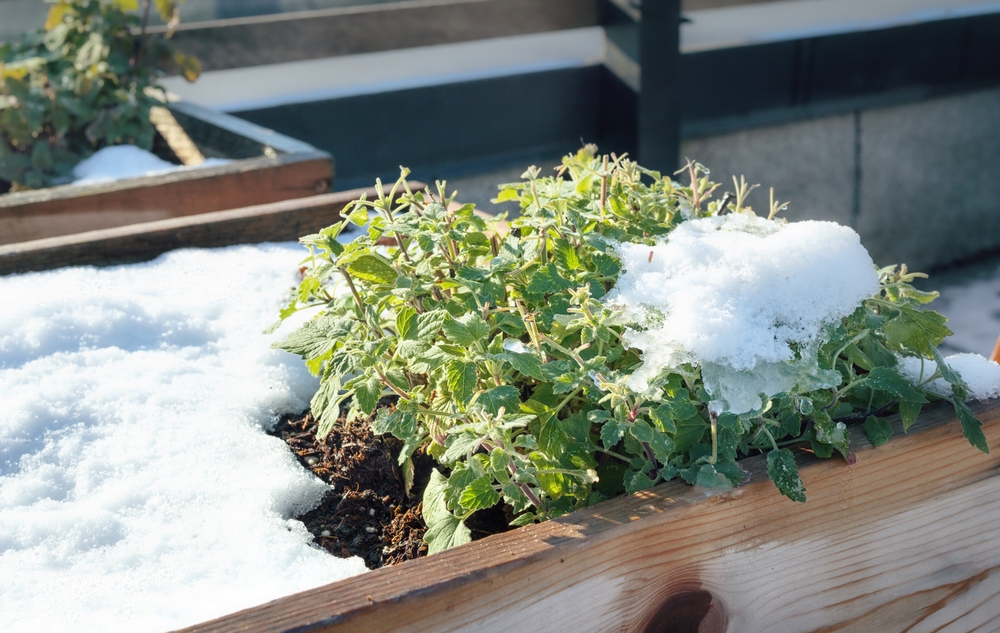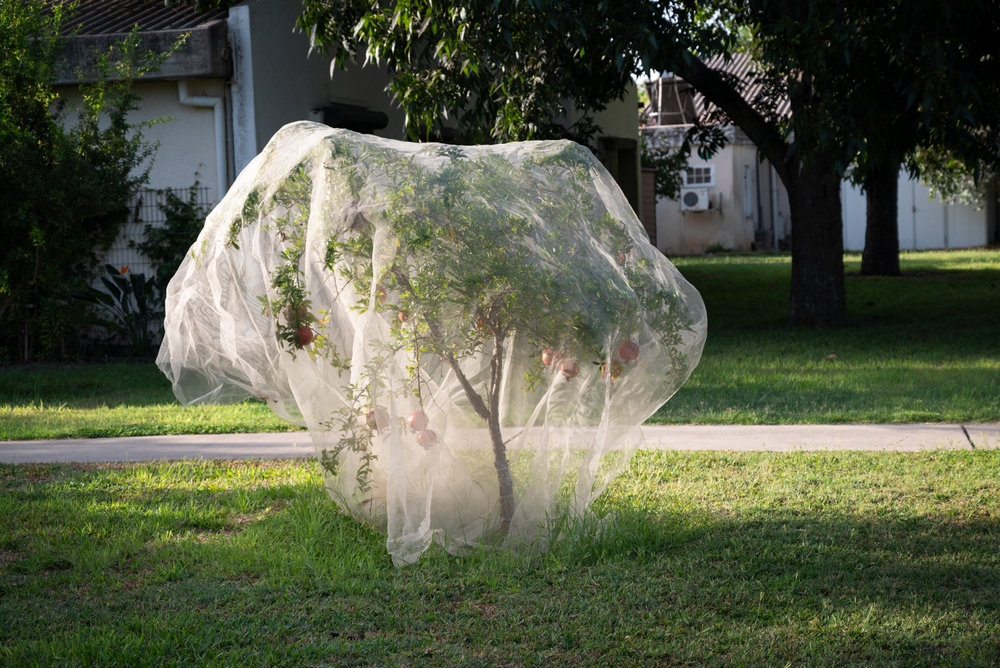If you ever managed to set an annual budget or simply write down your five-year goals, you’ve probably noticed positive results. Well, as long as you have followed through with your intentions. It’s honestly no secret that planning ahead for the future can definitely help set yourself up for more success, and the same applies to outdoor spaces.
With proper planning and implementation, experts believe that your fall gardening efforts will have an increasingly bigger payoff in the spring. That goes even more if you’ve recently moved into a new-to-you home, where there could be plenty of work to be done.
After a long and exhausting summer of mowing and trimming, it might not be too appealing to add more outdoor jobs to your to-do list. But taking on a few fall-focused planting and planning tasks might help keep your yard healthy and wonderful. It will also help it thrive next year. Here are a couple of tasks you might want to try that experts believe will help lessen your workload:
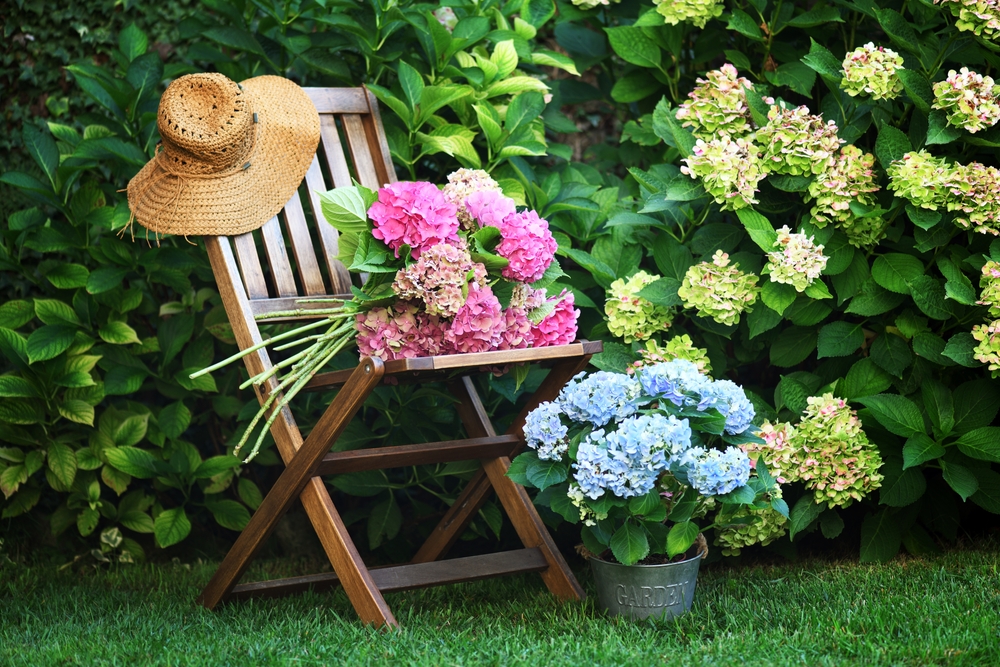
Add nutrients to the soil
Including some nutrient-dense compost in your yard in your “add to cart” list is one of the simplest and most inexpensive ways to keep your plants healthy. According to Justin Hancock, a well-known horticulturist with Costa Farms, topdressing the soil with compost in the fall is the way to go. ”
Add and incorporate compost to your soil every year, to provide a wealth of benefits to the soil.” Nutrients have all kinds of perks, such as improving drainage, aiding moisture retention, increasing soil fertility, and encouraging beneficial, pest-fighting microorganisms to promote stronger and happier plants.
But Brock Ingham, the owner of Bigger Garden, advises that if you don’t have any compost at home, you can try something else. Add a fall-specific fertilizer that’s suitable for you. This task will help prepare your plants, especially lawns, for the dormant winter months.
It will also set the stage for vigorous spring growth. Even if above-ground activities slow, the root systems keep on growing and absorbing nutrients. Adding some fertilizer leads to a much healthier, more resilient spring plant.
Plant spring-flowering bulbs
Seeing a bunch of bright crocuses, daffodils, and tulips pop through the mulch earlier in spring is one of the best reminders that warmer days are coming. However, you can’t wait until next year to plant those, and gardening guides advise that fall is the perfect time to plant spring-blooming bulbs in the ground.
Spring-blooming bulbs need to chill in the winter to fully bloom in the spring. Caballero recommends planting them at a decent depth, three times their width, and making sure that the bulb’s pointed end faces upwards.
Crocuses bloom way before grass starts to perk up, so even if most bulbs should be planted in mulched garden areas, you should consider planting crocus bulbs in the lawn for more color.
Maintain your hardscapes
Hardscapes enhance the whole outdoor aesthetic by adding a bit of visual interest to green spaces. Fall is a wonderful time to inspect and repair any damaged hardscape elements like fences, paths, or even garden structures.
Constantly surveying and making repairs as the damage happens might help maintain hardscape functionality, while also preventing minor problems from turning into costly repairs down the road.
Some of the most common issues to look for when it comes to fencing are loose boards, broken posts, and rot. All these things should be dealt with right away. Fall is also the perfect time to apply a fresh coat of paint or even sealant to protect the wood.
Winter can be quite tough on structural elements, like pergolas and trellises, so make sure you treat these wooden frameworks like fencing. If you have walkways, you can power wash or clean them while checking for loose stones, cracks, or uneven surfaces.
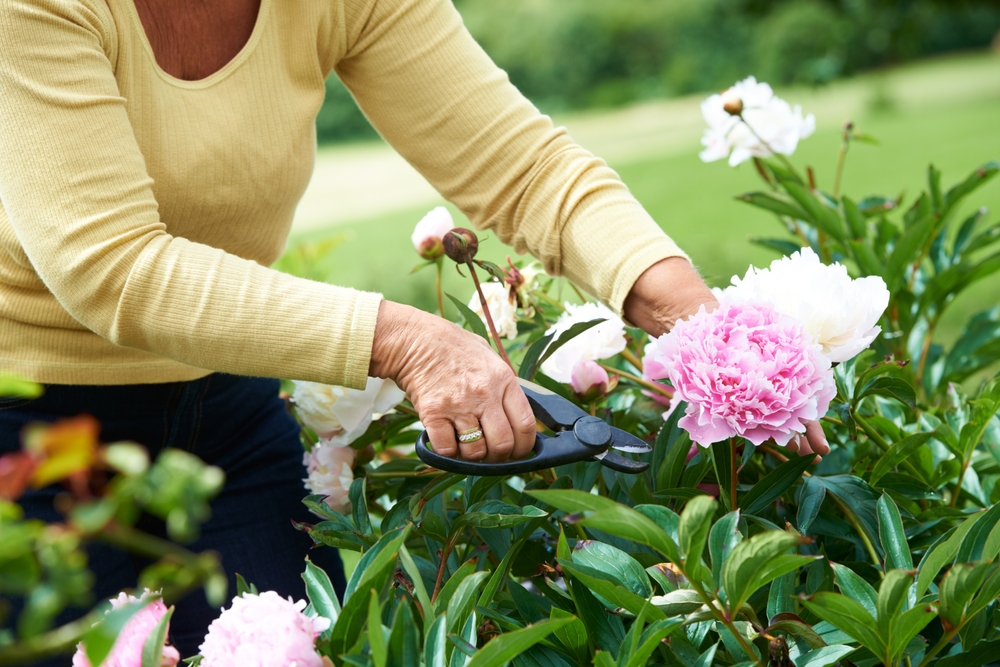
Clean up spent plant parts
According to Michele Chambliss, a certified horticulturist, you should put on your gloves and get out the pruners to remove the mess left by summer. This way, you will make sure you have a beautiful spring as the yard goes dormant.
Our yearly tasks include disposal of burned-out annuals, deadheading perennials, and pruning dead parts off the trees and shrubs. A complete and thorough cleanup will improve the appearance of the garden, while also keeping plants healthy by minimizing the spread of diseases or unwanted pests.
Repair and aerate your lawn
Your lawn could be resting during the colder weather, but keeping grass healthy in the fall helps maintain a lush lawn once it starts to perk up. According to Susan Brandt, co-founder of Blooming Secrets, dethatching, and removing the layer of material that gathers between grass and soil, is an essential step.
Removing it will allow the grass to grow better by letting the nutrients and water to get to the roots faster. Afterward, you should aerate the soil to improve drainage. If you notice bare or even brown patches in your lawn, try to rake and reseed those areas. Sod is also a fairly available option but plant it early enough.
Plant and water trees and shrubs
According to Hancock, you can easily add hearty plants to your landscape right before winter. Another great perk is that nurseries do their best to clear stock before the first frost, which means that plenty of perennials are heavily discounted.
Planting bushes and trees in the fall also allows them to establish proper roots, and watering is completely integral to the process. As soon as the soil freezes in winter, plants can’t take up too much moisture, so keeping them hydrated enough in September and October goes a long way in preventing winter yellowing and browning.
Spread wildflower seeds
It might seem quite counterintuitive to sow seeds in the fall. However, the fall is the ideal time to plant a native seed mix. You just wait until everything else dies off, clear the ground, and scatter mixed wildflower seeds. You should also cover them with mulch. As soon as spring comes, the seeds will automatically take root and bloom, making a wonderful and spectacular burst of color.
Care for your tools
As plants evolve and bloom in the spring, you might need to maintain your yard, which also involves using your tools. If you put them away in decent condition, it might not have a great impact on the growth cycle of your perennials.
However, reaching for ready-to-use garden implements will definitely help tackle tasks more efficiently and rapidly. After you are done with the season tools, give them a good cleaning before winter storage.
This way, you will always have them in tip-top shape. It’s also advised to place tasks like sharpening the edges of pruning shears and shovels on the list. Besides, if you need to add a couple of tools to your inventory, reduced fall pricing will make it much easier to stock up for spring.
If you found this article useful, then you definitely need to check: 27 Best Air-Purifying Plants, According to NASA

